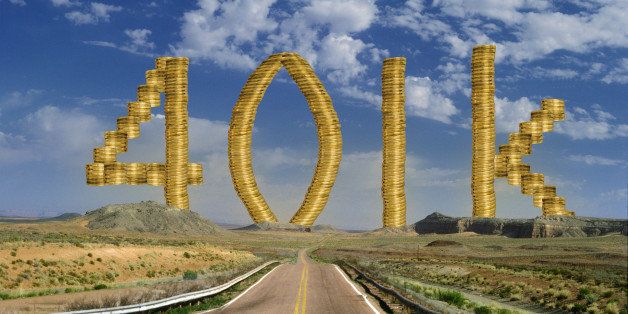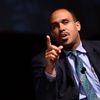
Though 401(k) plans (a defined contribution retirement plan) are supposed to build wealth, a new study by the Economic Policy Institute suggests that these plans are actually exacerbating wealth inequality by not adequately providing for most people's retirement.
The report authors explain that the 401(k) began as a creative supplement to pension plans. But, it was never intended to be the primary base for retirement. Now, the report suggests, the plans serve primarily as a tax shelter for the wealthy. For instance, among America's top 20 percent income bracket, nearly 90 percent have savings in retirement accounts that average $308,674.
The paradox is people often think of 401(k) plans as a middle class perk, when, in reality, nearly half of U.S. households don't have savings invested in any retirement plan. Half of the middle 20 percent of income earners with savings in retirement accounts have an average of only $34,981 in them. And even fewer -- 11 percent -- of the bottom 20 percent of income earners have retirement savings, averaging only $7,543.
Part of the problem stems from many low-wage or part-time jobs not offering a retirement plan. Unlike defined benefit pensions, which automatically enroll workers, 401(k) plans require participants to proactively enroll to develop their savings.
High-income workers have much more discretionary income and are most able to afford contributions and reap the most benefits from these plans. On top of that, high-income workers are more likely to work for employers that offer generous matches, receive larger tax breaks, and, because they have more disposable income, take riskier investments with the greatest possible returns.
Furthermore, unlike pension plans of the past when employers shouldered the risk of investment, 401(k) plans expose individual workers to the ups and downs of the market, taking steep dives in value whenever the economy takes a bad turn.
Even when the economy is sound, hidden fees often drain people's investments. In an interview on NPR's Fresh Air, analyst Robert Hilton Smith estimates the fees can add up to as much as 30 percent of your account.
While 401(k) plans favor the wealthy, investing in one is far better than not saving at all. For most of us, investing in no-fee index funds (as opposed to actively managed funds with an account manager) will bring comparable returns in investment while requiring only a small fraction of the fees. However, even investing in index funds won't shield you from the rise and fall of the market.
Ironically, right when elderly Americans are living longer and comprising a larger portion of the population, the private sector is doing less and less to provide for them. Government programs like Medicare and Social Security are more important than ever, and we should be doing all we can to make them stronger, not cutting them back. But, in the meantime, exploring saving options now is highly advisable to ensure some form of economic stability during your golden years.
This Article was originally posted on BET.com
